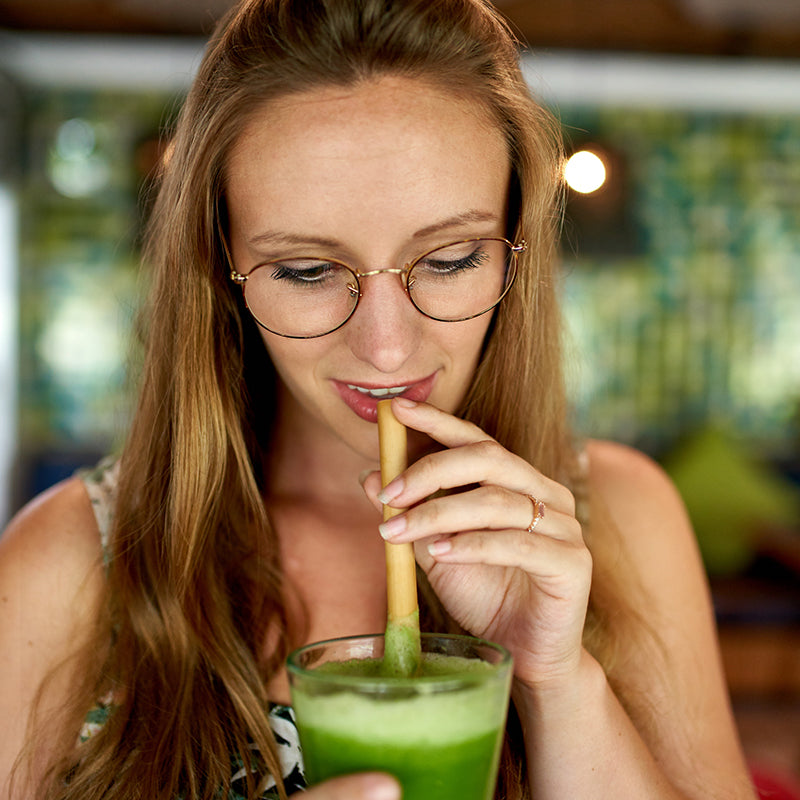
In the quest for more sustainable alternatives to single-use plastics, bamboo straws emerged as a promising contender. Their eco-friendly credentials, coupled with their natural charm, captured the attention of environmentally conscious consumers.
But as the sustainability movement evolves, are bamboo straws still being embraced, or have they faded into the background? Let's delve into the world of bamboo straws to explore whether they are still a popular choice in the effort to reduce plastic waste.
The Appeal of Bamboo Straws:
Bamboo straws made a splash in the sustainability scene due to their numerous advantages:
-
Renewable Resource: Bamboo is a rapidly renewable plant, growing much faster than traditional trees. This means that bamboo straws can be produced with minimal impact on ecosystems.
-
Biodegradable: Unlike plastic straws that can take hundreds of years to decompose, bamboo straws naturally break down over time without leaving behind harmful microplastics.
-
Aesthetic Appeal: Bamboo straws add a touch of rustic elegance to beverages. Their natural texture and earthy appearance resonate with those who appreciate a connection to nature.
-
Cultural Roots: Bamboo has cultural significance in many regions, and using bamboo straws can be seen as a nod to traditional practices while embracing modern sustainability.
Current Usage and Challenges:
While bamboo straws garnered attention and adoption, their widespread usage faces certain challenges:
-
Accessibility: The availability of bamboo straws might vary depending on geographical location. In areas where they aren't readily accessible, consumers might opt for other sustainable alternatives.
-
Durability: Bamboo straws are biodegradable, which means they have a finite lifespan. Frequent use and washing can wear them out over time, potentially leading to a need for more frequent replacements.
-
Hygiene Concerns: Bamboo's porous nature can raise questions about sanitation, especially if not cleaned thoroughly. Ensuring proper cleaning practices is essential to prevent bacteria buildup.
-
Alternative Choices: The sustainability market has expanded, offering a wider range of reusable straw options such as stainless steel, glass, and silicone. These alternatives might also resonate with eco-conscious consumers.
The Role of Consumer Behavior:
The continued usage of bamboo straws relies on consumer preferences, education, and convenience:
-
Educated Choices: As consumers become more informed about the environmental impact of different materials, they can make choices aligned with their values.
-
Awareness: Advocacy and awareness campaigns can reignite interest in bamboo straws and their benefits, encouraging their continued adoption.
-
Convenience: Offering bamboo straws in public spaces like cafes and restaurants can make them more accessible and encourage their use.
Conclusion:
While the popularity of bamboo straws might have waned slightly due to the emergence of other alternatives, they remain a valuable tool in the fight against plastic pollution. Their natural beauty and eco-friendly attributes continue to resonate with those seeking sustainable choices. Ultimately, the fate of bamboo straws rests in the hands of consumers who value their benefits and are willing to embrace them as part of their eco-conscious lifestyle.

